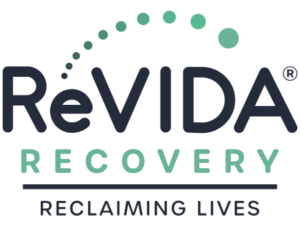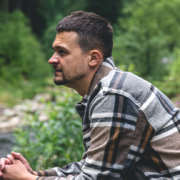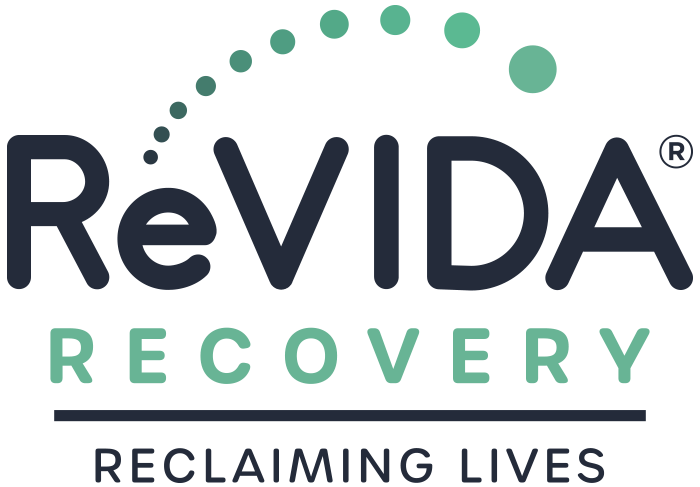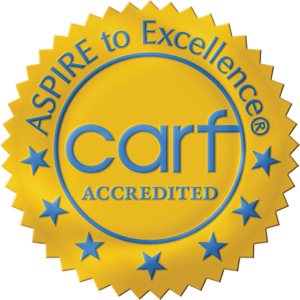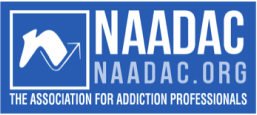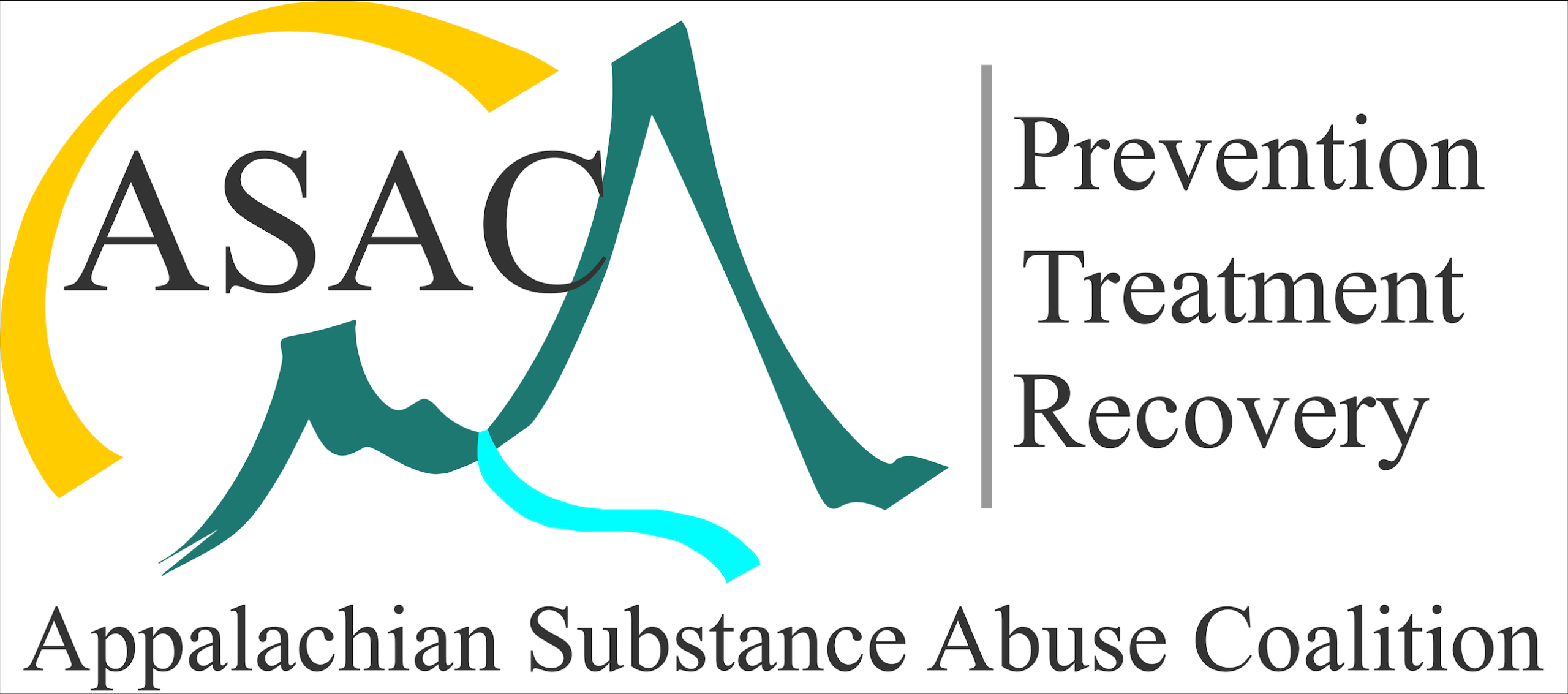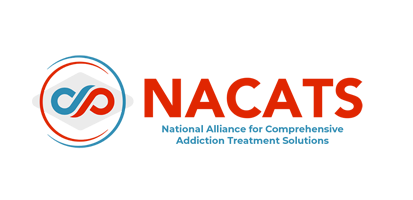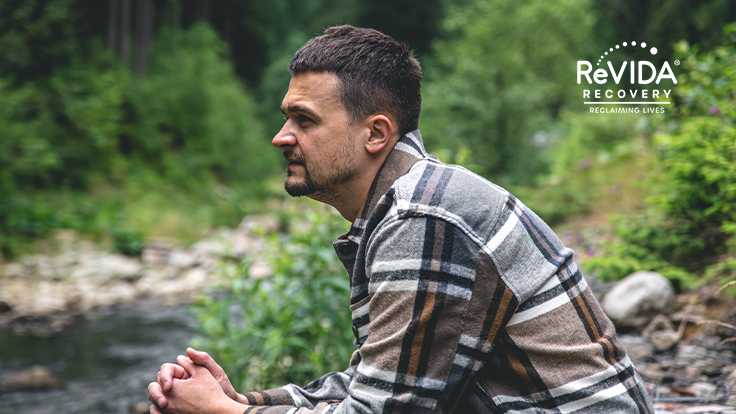
In 2022, there were 28 deaths involving opioids in Greene County, TN. To someone from a highly populated area, 28 deaths over the course of a year might not sound like a whole lot. But people who live in more rural areas like Greene County know how those deaths ripple out and affect entire communities. In small-town Appalachia, virtually everyone knows someone whose life has been affected by the opioid epidemic.
At ReVIDA® Recovery, our mission is to empower people living with opioid use disorder (OUD) to transform their lives and find a path forward without opioids. But we don’t expect them to do it alone. We want everyone to have access to treatment right where they are. We know that sometimes, just getting to treatment is one of the biggest hurdles for people living in rural areas. That’s why we’re utilizing telehealth technology to change the way people receive care. In this piece, we’ll explore how telehealth is revolutionizing opioid treatment in rural areas by ensuring that everyone has access to world-class care when they need it most.
Table of Contents
Bridging the Gap: The Need for Opioid Addiction Treatment in Rural Areas
People living in rural areas don’t have as many healthcare options as people living in more densely populated areas do. According to the U.S. Government Accountability Office (GAO), more than 100 rural hospitals closed between 2013 and 2020. Before these closures, patients in rural areas had to travel an average of 5.5 miles to receive treatment for a substance use disorder (SUD). Now, the average is 44.6 miles.
This is especially concerning in light of the opioid epidemic. According to the 2023 National Survey on Drug Use and Health, recreational opioid use is most common in rural areas. A lack of access to treatment in these communities exacerbates the dangers associated with opioid use. Hospital closures mean that people in these places have to go nearly 20 miles further than they used to for common medical treatments. During an opioid overdose, 20 miles could be the difference between life and death.
A lack of treatment combined with a lack of easily accessible medical support puts rural communities at undue risk. The people who need the most support have the least. Everyone deserves quality, accessible healthcare, regardless of where they choose to build their lives.
There are tools we can use to bridge the gap left by traditional medical services. Through the effective use of technology, medical services are being made available at the touch of a button. Telehealth services provide vital treatment options for people living with OUD.
The Telehealth Lifeline: Getting Effective Treatment for Opioid Addiction to People in Rural Areas
Telehealth is a secure, efficient way for people living in less populated areas to connect with healthcare providers remotely. This type of healthcare became popular during the COVID-19 pandemic because it allowed people all over the U.S. to connect with their doctors without having to leave their homes.
People in rural areas quickly discovered how important these services are, even under normal circumstances. This form of treatment is especially important for people living with OUD or other substance use disorders. Making a 40-mile commute one way for treatment is complicated for people who don’t have regular access to transportation or have a disability that makes it already difficult to leave home. Telehealth changes that. Patients can meet with their doctors virtually as long as they have access to a cell phone.
It also makes follow-ups much more convenient. When it comes to treating OUD, it isn’t possible to avoid in-person treatment entirely. An initial physical exam is important to ensure that patients don’t have co-occurring conditions. However, when it comes to going over the results of a medical test or changing a prescription, an in-person meeting isn’t always necessary. Doing appointments remotely empowers patients to consistently get their needs met without having to budget the time and money for regular transportation.
Remote treatment options also mean faster access in times of crisis. For people in recovery, triggers can happen at any time. Support is an important part of the treatment process. Telehealth ensures that patients don’t have to wait until the next time they make it into town to receive support. With this treatment option, they can join a group session virtually or reach out to their therapist the same day.

The Lifesaving Benefits of Telehealth for Opioid Addiction Treatment in Rural Areas
Telehealth isn’t just about cutting down on travel time to and from appointments. The benefits of virtual treatment improve access for people in many different circumstances
For example, remote OUD treatment is a good option for people who:
- Serve as a caretaker for relatives or children
- Live with limited mobility
- Have a mental health condition that limits their ability to leave their home
- Manage a work schedule that prevents them from traveling for care
- Want to have a family member attend their appointment with them
These are just a few of the ways that virtual appointments benefit people of all walks of life.
The biggest benefit of telehealth is flexibility. Consistency is one of the most important components of recovery. Everyone experiences times when their schedule changes suddenly, even if they don’t fall into one of the above categories. Having the ability to switch over to a virtual appointment keeps people in treatment.
Being consistent during treatment can be lifesaving for people living with OUD. The greatest risk for an opioid overdose is when someone returns to use because they often go back to their regular dose. However, if someone’s tolerance has changed, their odds of overdosing increase greatly. Ensuring that people living in rural areas have continuous access to care no matter what comes their way saves lives.
What to Expect from Telehealth Treatment for Opioid Addiction
Many aspects of treatment for OUD can occur virtually. Once a patient is on an initial dose of Suboxone, they can choose to meet with their doctor virtually to ensure that their treatment is going smoothly.
Therapy is another important aspect of treatment. Individual therapy sessions can regularly be done via video chat. Cognitive behavioral therapy (CBT) is one of the most common and effective methods for treating OUD. In CBT, patients work with their therapists to recognize the relationship between their thoughts, feelings, and actions. Then, they can find healthier coping strategies to minimize the risk of returning to use.
Group therapy is another effective tool that patients can access remotely. In group therapy, people living with OUDs connect with others who have similar experiences and develop connections for mutual support. This sense of camaraderie and community is an important part of making a lasting recovery.
Recovery isn’t just about ending opioid consumption. It’s also about empowering patients to improve their quality of life. That’s why some treatment programs also provide patients with other services they can access remotely. At ReVIDA®, we have care coordinators who connect patients with additional resources, including:
- Employment opportunities
- Continuing education
- Receiving SNAP benefits
- Housing assistance
- Documentation for legal proceedings

Opioid Addiction Treatment With ReVIDA in Appalachia
Appalachia is made up in large part by a network of small rural areas. The people who are living in these areas deserve to have competent, accessible medical care. The opioid epidemic has taken far too many lives in these communities. People living with OUD can recover when they have the tools they need. The key is ensuring they have access when and where they need it.
When used in combination with therapy, Suboxone MAT is effective at treating OUD. People shouldn’t have to manage their condition alone. When we come together, we are capable of ending the opioid epidemic that has plagued our communities in recent decades. With the use of our telehealth services, we’re working to expand access to OUD treatment for the people of Appalachia, one virtual visit at a time.
ReVIDA® Recovery is here to help patients get access to treatment throughout Appalachia. We offer treatment options for all opioid use disorders, including Suboxone and/or Sublocade medication in combination with regular therapy. Each of our facilities accepts commercial insurance as well as Medicaid, ensuring access to treatment all throughout Tennessee and Virginia. Call us today at 423-631-0432 to learn more about our program offerings.
ReVIDA® Recovery: Reclaim your life.
